Understanding the ins and outs of customer-centric businesses is like solving a complex puzzle, especially when it comes to the mixture of customer experience, success, and education.
What makes customer education essential to 2024 Saas businesses? Where does customer experience jump in? Should we all create a customer education department?
To explore all these questions further, we chatted with Dave Derington, a top expert in Customer Education, host of CeLab, and former Customer Education Leader at ServiceRocket.
What’s at the heart of Customer Ed?
Early in our conversation, Dave tried to answer one of the most difficult questions we could ask to a thought leader in this industry: “Customer education is not merely about disseminating information; it’s about empowering users to maximize the value of a product or platform”.
Dave’s vast experience in B2B Saas shines a light on a key insight: customer education goes beyond just information, but about making users proficient and…satisfied!
This approach changes the game from how big companies used to operate. B2B Saas businesses are quick to adapt and really listen to what their customers say, putting a big emphasis on educating their users as part of their (business) plan.
“When you’re in the business of building software, you’re essentially solving a problem,” Dave remarks with a knowing smile.
His dive into customer education started in the fast-paced B2B SaaS space. Here, teaching users well is important–they need to handle complex software and make their workflows better. This is where customer education becomes needed where users become proficient with the product but are also encouraged to fully engage with it.
“I want to emphasize the strategic importance of treating customer education as a multifaceted function rather than a mere department or team,” Dave says. Recognizing the versatility and scalability of educational initiatives, he advocates for a holistic approach to customer education that transcends organizational silos.
So by blending education smoothly with everyday business, customers learn powerful tools for success.
But how do you end up in Customer Education? What makes people fall in love with this industry at the intersection of Marketing, Sales, and Customer Success?
Dave’s story goes beyond work–it’s about chasing what really matters to him. From his early days in chemistry to B2B softwares, it’s a journey of curiosity and drive.
Reflecting on his academic choices, Dave shares, “I pursued a degree in something difficult and challenging, ultimately landing in computational chemistry.” However, it was his transition into B2B software that truly sparked his interest. Dave found himself immersed in a world where teaching and learning went hand in hand.
“What really ignited my passion was the opportunity to teach and learn simultaneously,” he recalls.
Dave found his true calling helping users tackle software challenges. “One pivotal moment came when a friend, herself a teacher, remarked that I had found my inner teacher,” Dave shares, realizing his path.
This insight pushed Dave into customer education, where he became the “explainer-in-chief”. But Dave’s story isn’t just about him–it’s a call for us all to dig into what we love and own our natural skills. As he opens up about his personal experiences, Dave encourages individuals to explore their potential in the ever-evolving landscape of technology and education.
Dave’s shaking things up by questioning the usual beliefs about customer education. He argues that it’s not just about having fancy degrees; understanding how adults learn is key. Also, he believes aiming for perfection can hold us back. Instead, he’s all for making improvements step by step, listening to what users have to say.
Education within a corporate context is framed as a business function rather than a strictly academic role, challenging the notion that hiring individuals with a background solely in education is necessary. Instead, the focus is on practicality and scalability in delivering educational content.
It’s more important to focus on practical, easy-to-grow solutions than to aim for perfect content. Waiting around to make everything flawless can slow you down. It’s better to go for quick fixes that help your customers right away.
Educators are seen more like guides than experts, changing the idea that they need to know everything. Their job is to help learners find their way, giving them the tools they need to reach their goals, just like GPS helps you get to where you’re going without knowing every little detail of the route.
In her seminal book “Map it”, Cathy Moore suggests that you should steer your clients away from information dumping.
Following the same path, Dave says good customer education isn’t just about dumping information to users. It’s about giving them what they need to achieve their goals quickly and without hassle.
He’s big on using the jobs-to-be-done framework for designing learning. This means focusing on what users really need to do and what they want to achieve. By doing this, companies can create education that speaks to learners. Dave believes in putting learners first, making sure education meets their changing needs and wants.
This paradigm shift is starting a new era of innovation and adaptability in customer education. It’s all about growing in a way that keeps you ahead of the competition.
When asked to explore all the things we said before through a case study, Dave is sure in answering: “Let’s talk about Outreach University”. Outreach University is the customer education program launched by outreach.io, an AI-powered selling platform.
“We needed a multifaceted strategy to meet our objectives efficiently.” Using the Jobs-to-Be-Done framework, gave a deep dive into what our users and products really need, and helped create a learning path just for them.
The Outreach University example shows how powerful customer training can be for B2B and Saas businesses. With the challenge of growing fast, Outreach decided to upgrade how it teaches customers. Dave and his team led the charge, making big improvements like more people using the service and fewer leaving. They focused on making learning scalable, relevant, and engaging, proving how investing in customer education can really pay off for a business.
The results were impressive. After starting the Academy:
- We saw a huge 222% jump in how much it was used every month;
- This boost in involvement led to real benefits for the business, especially a big drop in how many people stopped using the service;
- Plus, 70% of people finished the program, showing that learners were really committed.
Amidst the evolving landscape of customer education, several challenges loom large on the horizon.
Budget limits are a big obstacle, making it tough for organizations to fund full-scale education programs. This lack of funds means it’s hard to get the resources needed to support thorough learning efforts.
The common mistake of seeing education just as schoolwork misses its importance in businesses. This wrong idea makes people think everyone naturally gets how to teach and learn, ignoring the challenges of creating and running good education programs.
When leaders see education just as an added expense, they’re less likely to give it the resources and support it needs. This view makes it hard to get more funds for education projects because leaders might focus on other things they think will make profit faster.
Tackling these issues demands a concerted effort to redefine perceptions, prioritize investments, and foster a culture of continuous learning and innovation within organizations. Recognizing education’s real value and getting past these old views can help organizations use customer education to drive growth and success.
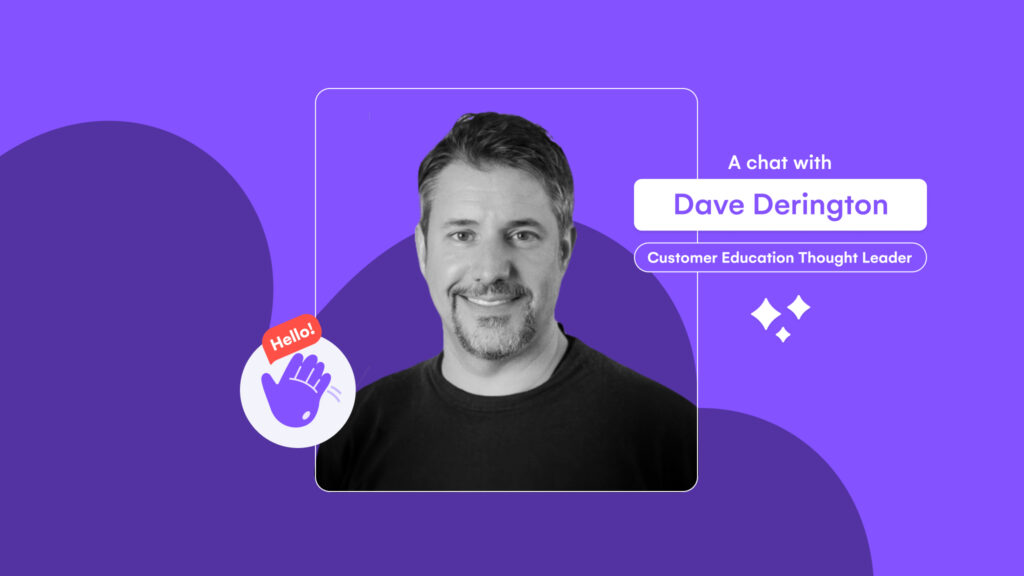

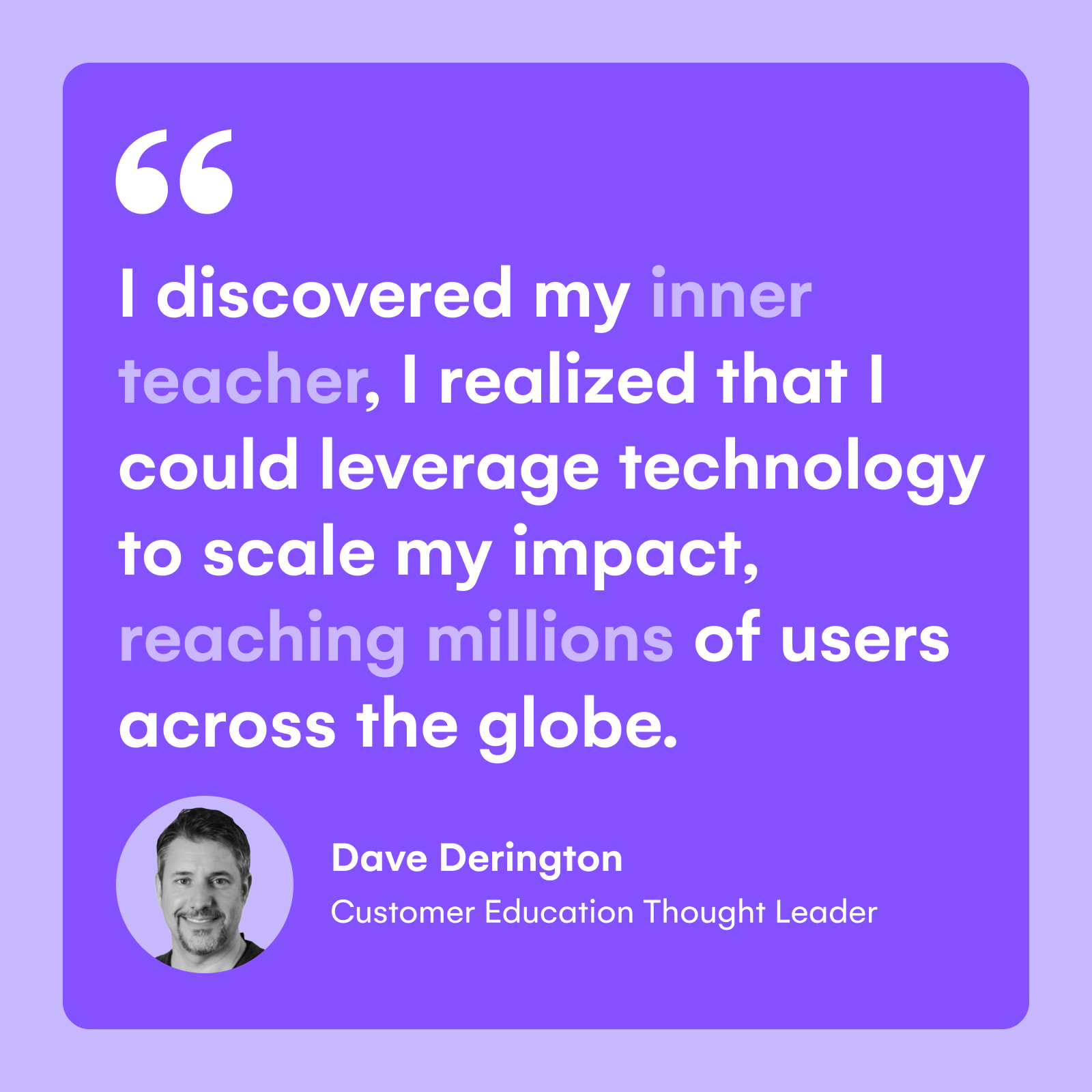
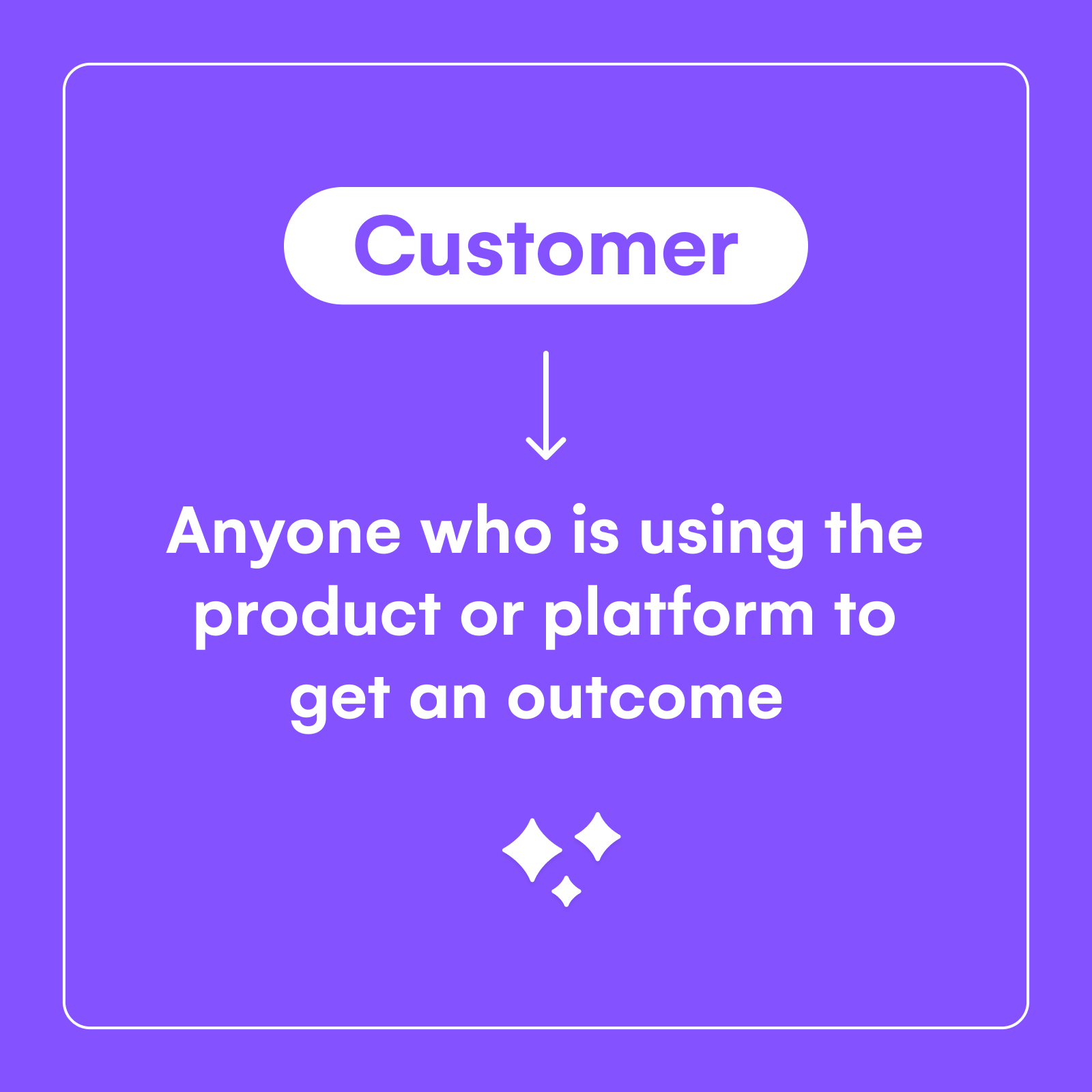
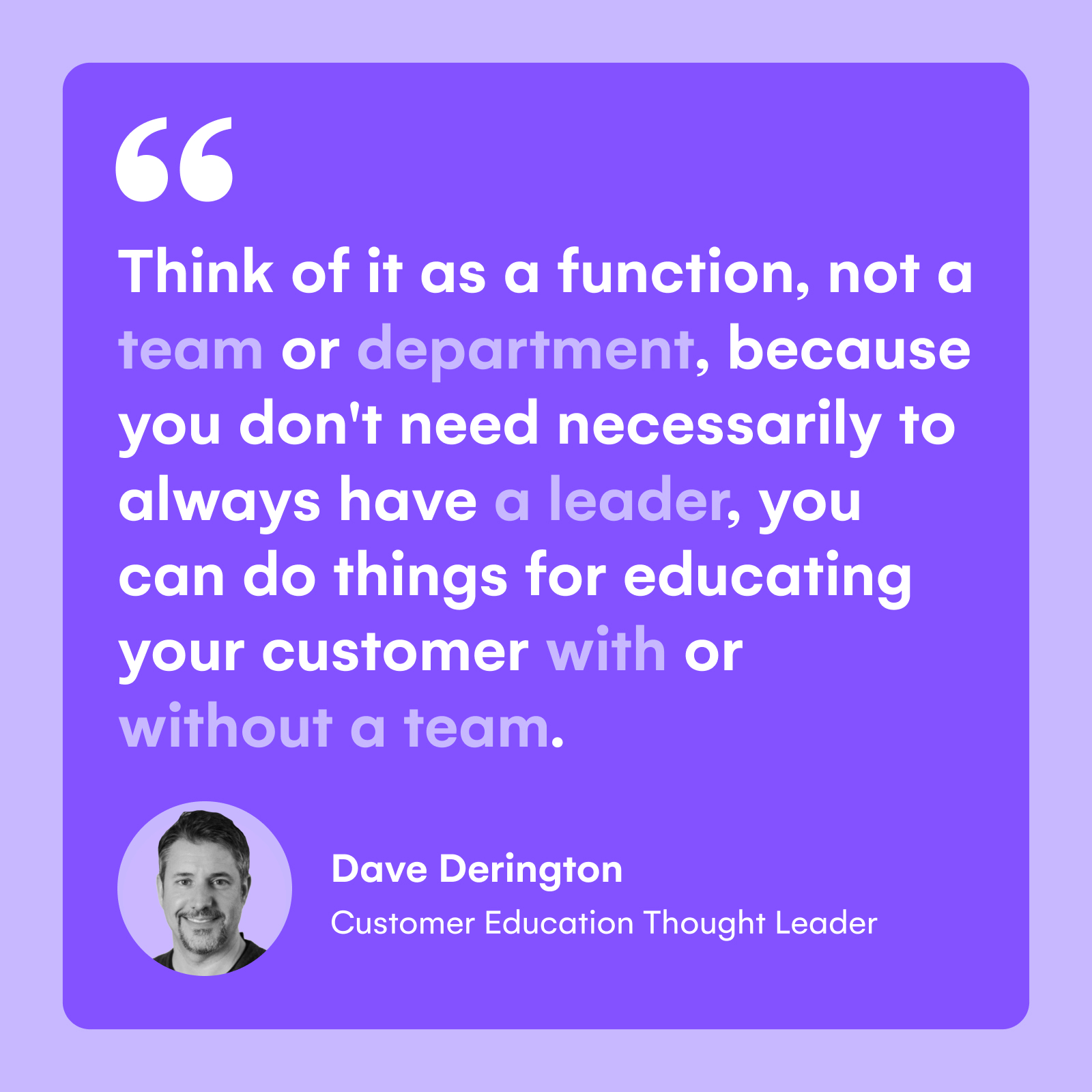
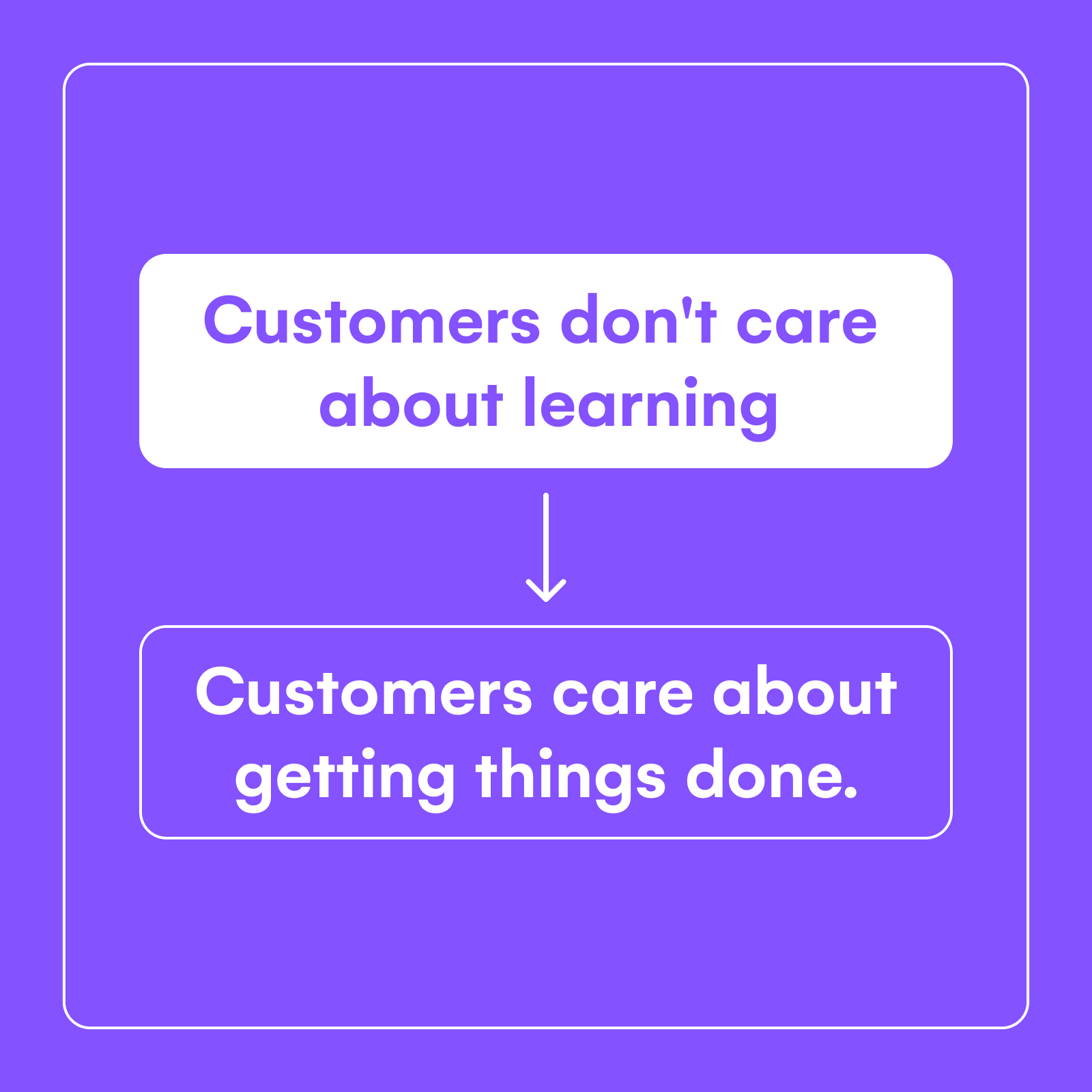
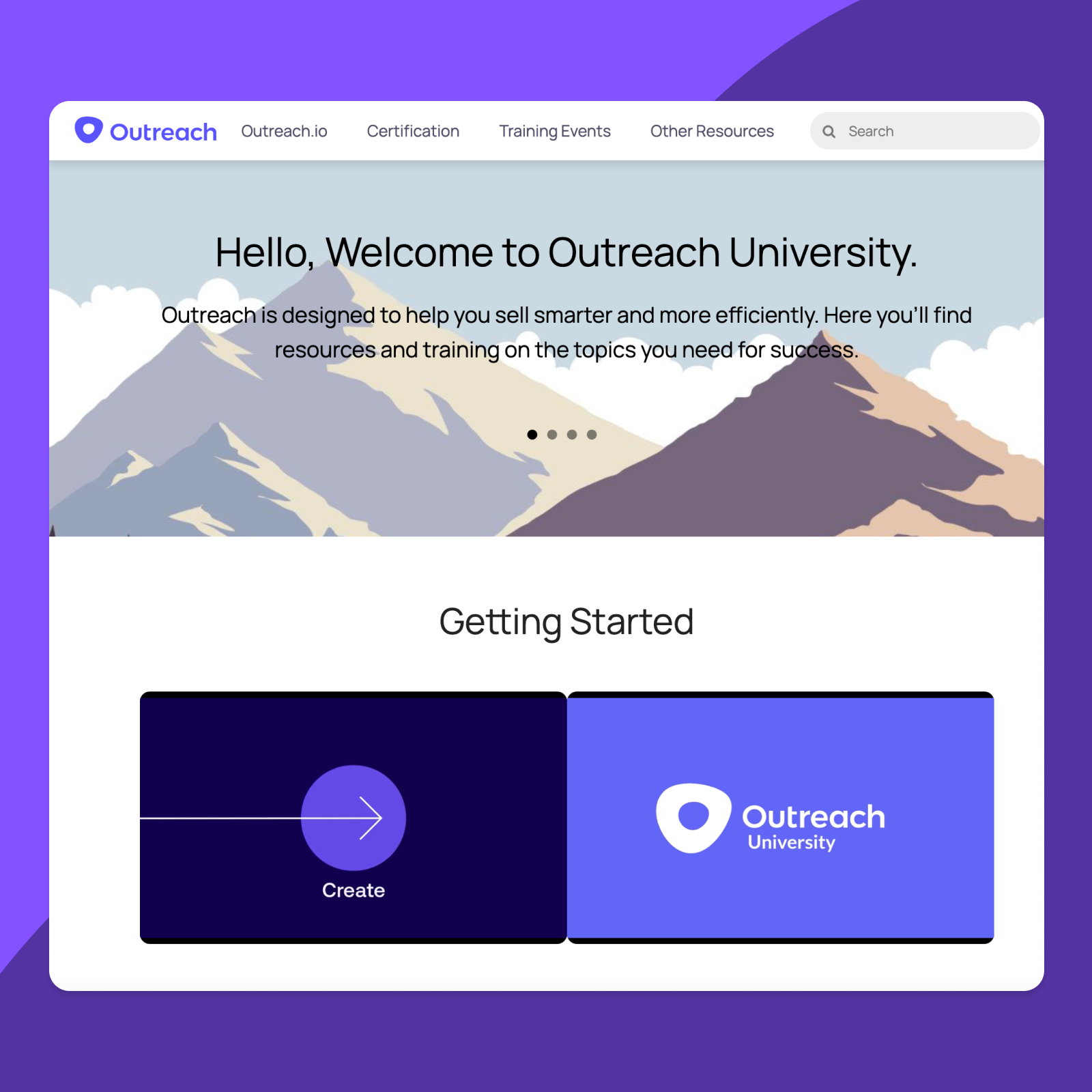
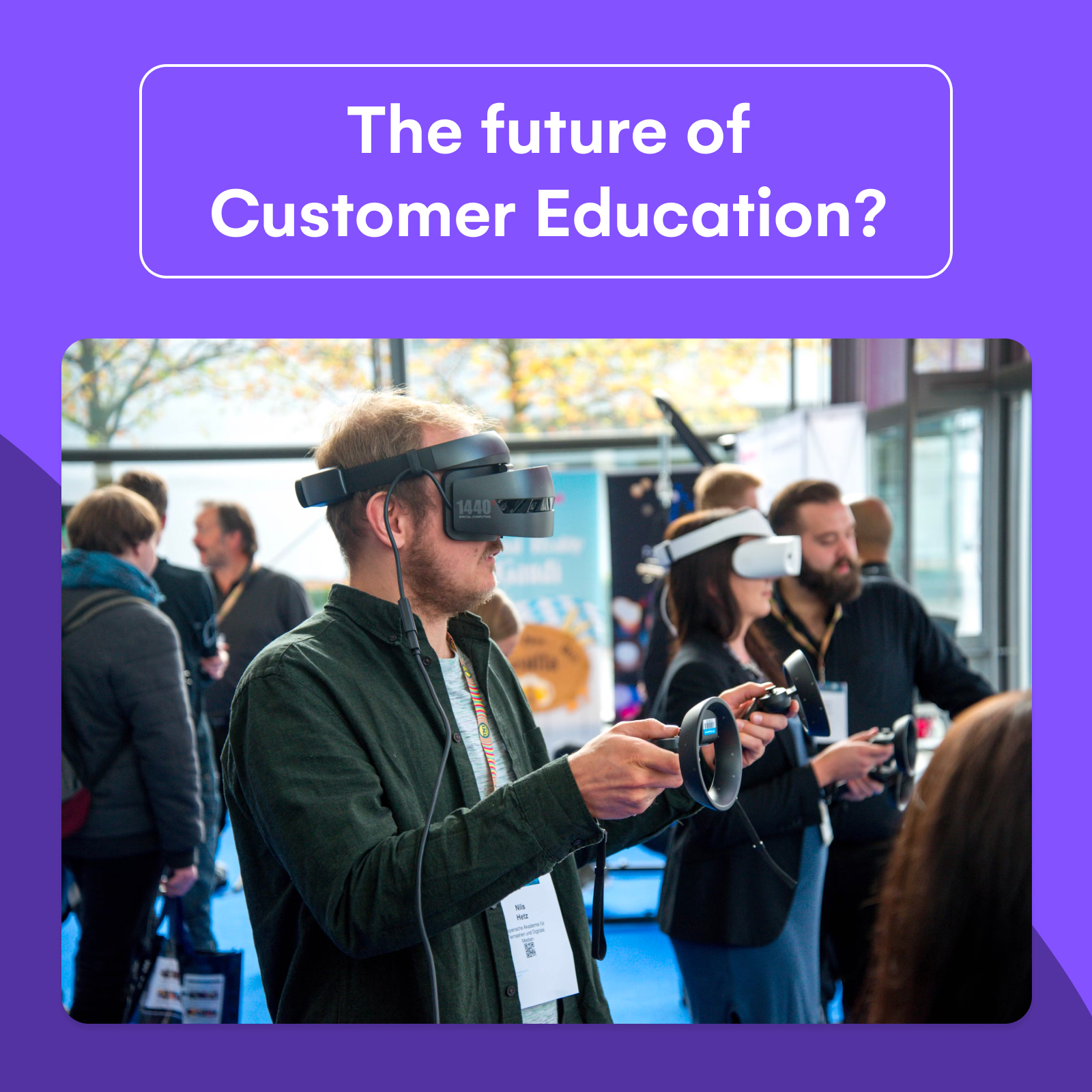



Reviews